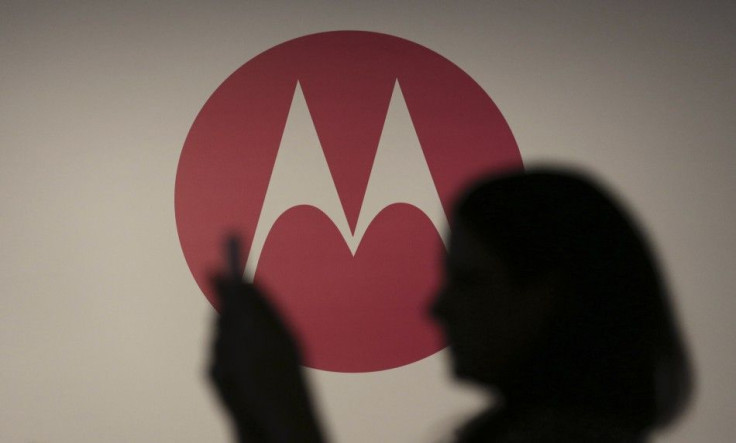Moto G (2014) vs. Moto G (2013) – Are The Specs, Features And Price Worth The Upgrade?

The Motorola Moto G was released in Nov. 2013, whereas the Moto G (next-generation, Gen 2) has just been released with improved specs. Readers who are interested in upgrading to the budget-friendly Moto G (2014) from their Moto G (2013) should check out this comparison.
Display, Exterior And Size
The Moto G 2014 features a 5.0-inch display bundled with a screen resolution of 720 x 1280 pixels. Meanwhile, the Moto G 2013 comes with a relatively smaller 4.5-inch IPS LCD display but the resolution is same as the latest device. The pixel densities of the Moto G 2014 and Moto G 2013 handsets stand at 294 ppi and 326 ppi, respectively.
When it comes to the exterior, the next-gen Moto G has not gone through any aggressive change in terms of outer look, other than the obvious size difference. The same plastic build material is maintained with the same changeable back panel option. However the construction quality is relatively improved when compared to its predecessor, says Phone Arena.
Speaking of size, the thickness and the weight of the Moto G 2014 are 0.43-inch and 149 g, respectively, whereas the Moto G 2013 is 0.46-inch thick and weighs 143 g.
Hardware, Software And Memory
Interestingly, both the handsets are powered by the same quad-core (Qualcomm Snapdragon 400) Cortex-A7 processor, clocked at 1.2 GHz and 1 GB of RAM. While the latest Moto G 2014 runs on Android OS v4.4.4 KitKat (upgradable to Android L), the Moto G 2013 runs on Android OS v4.3 Jelly Bean (upgradable to v4.4.4 KitKat).
When it comes to memory, both the handsets come equipped with 8 GB and 16 GB of internal storage option. While the Moto G 2014 supports microSD card for expansion up to 32 GB, the 2013 variant doesn't. It is worth noting that, Motorola released Moto G (4G LTE) variant in the first-half of 2014 and that comes with microSD card support.
Camera And Battery
The Moto G 2013 houses a 5 MP primary camera, while the latest device sports an improved 8 MP rear-facing camera unit. However, both the phones come with LED flash. In addition, the 2013 variant features a 1.3 MP secondary unit, while the 2014 model sports a 2 MP unit. Furthermore, both the devices are backed by the same Li-Ion 2070 mAh (non-removable) battery unit.
Misc
1. Similar to other Moto handsets, the latest device also features replaceable rear panel with the help of Motorola Moto Maker.
2. Both the devices support micro-SIM. In addition, the 2013 Moto G comes as dual-SIM variant as well.
3. Both the handsets come equipped with Bluetooth v4.0, Wi-Fi and microUSB support. However, both the devices do not support 4G LTE.
Price
The Moto G (2013) 16 GB is priced at AU$239.95. The latest Moto G (2014) 16 GB variant, on the other hand, is priced at 12,999 INR in India that roughly translates to AU$234.
Verdict
Motorola has clearly upped the ante with its Moto G 2014 by improving the display size, camera, expandable memory option and OS version. However, there is no improvement in the battery capacity; in addition there is no 4G support. But, the 2014 device will get the latest Android L version of OS upon release. The 2013 version, on the other hand, will not get the latest OS upgrade. Besides, the latest Moto G 2014 is relatively cheaper when compared to the 2013 model and the 4G LTE variant (released in the mid of 2014) of the predecessor. Hence, clearly, Moto G with improved specs and nominal price tag is a clear winner, opines Expert Reviews.
Also Read
1. Apple iPhone 6 Goes Under Knife To Bamboozle Protruding Camera; iPhone 6 Plus RAM Confirmed (1GB In, 2GB Out) - [Read]
2. Apple iPad Air 2, iPad Mini 3 Release Date Roundup: Freshly Leaked Protective Case Debuts Unique Vent Alongside Camera- [Read]
3. NVIDIA Tegra K1-Powered Oppo Nexus 9 Tablet To Be Unveiled On Oct 8; Specs, Features And Price Listed - [Read]



















